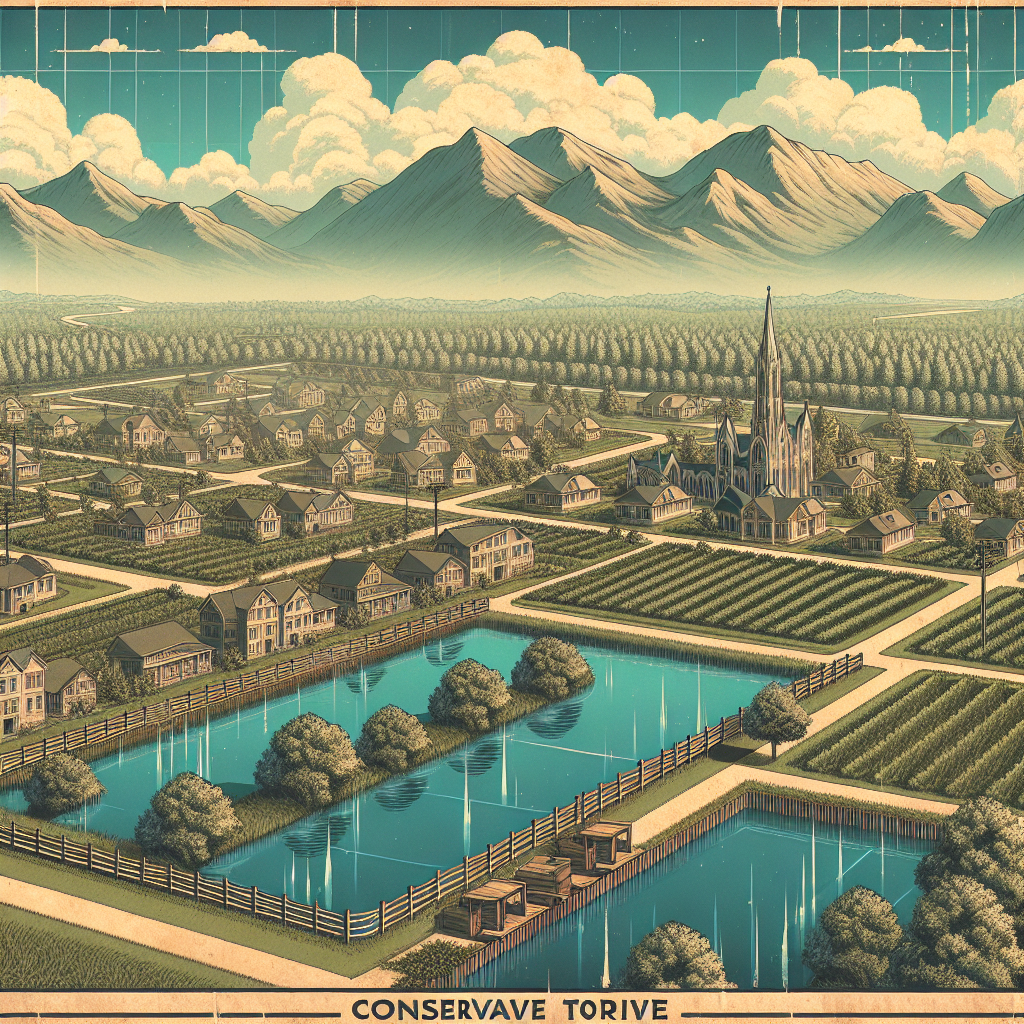Ever wonder how a once-lost prairie landscape transformed into an award-winning suburb that displays an intricate blend of nature, community planning, and progressive ideals? Welcome to Park Forest, Illinois—a post-war planned community that sprang into existence in the late 1940s to provide housing solutions for returning World War II veterans and manifest the American dream.
The Birth of Park Forest
Who envisioned Park Forest? It was the brainchild of developers Philip M. Klutznick and Nathan Manilow, among others, in response to the acute housing shortage following World War II. This community was carefully constructed as one of the first fully-planned towns in the United States. Initially established in 1946, Park Forest quickly became a prototype for suburban development. Nestled 30 miles south of Chicago, it embodied the core idea of balancing modern society's demands with environmental consciousness—a concept trailblazing for its time.
A Post-War Innovation
What makes Park Forest particularly intriguing is its thoughtfully crafted layout and groundbreaking social practices. The city pioneered in fostering integrated neighborhoods at a time when racial segregation was the norm across many parts of the United States. Park Forest thrived as a symbol of innovative social engineering where people of varying backgrounds mingled in an environment designed for community living.
The community was built with schools, shops, and recreational facilities integrated into its layout—a radical departure from the typical suburban design of the era. It was this holistic planning that made Park Forest an illustrious model of suburban development. Think of a suburban paradise with shopping centers, schools, and vast parklands within walking distance — a utopia designed to cater to every aspect of mid-20th-century life.
Nature and Community in Harmony
When communities are planned with a vision, remarkable things can happen! Park Forest’s planners understood the importance of nature; thus, they incorporated several natural reserves and parks to strike a balance between urban living and green spaces. Central Park and the Thorn Creek Nature Preserve are prime examples. These lush spaces not only offer recreational activities but also serve as a sanctuary for local wildlife, accentuating the significance of environmental stewardship.
Evolving Social Fabrics
Where humans live, societies evolve. That's precisely what has happened in Park Forest over the decades. The community, from its foundation, showed commitment to inclusivity and diverse cultural experiences. Noteworthy is how Park Forest hosted the first cooperative open-housing project in the country, known as the South Side Co-operative houses. Such initiatives laid the groundwork for inclusive community hallmarks that the suburb is recognized for today.
In recent decades, demographic shifts have altered the social landscape of Park Forest, with a vibrant mix of cultures making it their home. The village management embraces these changes, ensuring that new community initiatives reflect the rich diversity and keep up with the global village we live in.
Learning from History
Why is Park Forest a fascinating subject for historians and urban planners alike? Beyond its innovative planning, Park Forest is often featured in historical exhibitions and written about in scholarly articles as a living archive of mid-century American life. The city boasts an award-winning museum, the 1950s Park Forest House Museum, which offers a walk down historical lanes with its authentic display of life in suburban America during the golden age.
A Modern-Day Renaissance
Moving forward, Park Forest has not rested on past laurels. Instead, it is a community looking towards the future with optimism, investing in sustainability and technology. The village has been committed to fostering economic development through diversification and innovation. Public investments in community facilities, housing rehabilitation programs, and commercial development initiatives resonate with the sustainable growth philosophies that Park Forest holds dear.
What's particularly inspiring is how Park Forest residents have maintained their enthusiasm for further education, and continue to support learning initiatives for young people and adults alike. Libraries are bustling, study groups are common, and community-led teaching workshops are thriving, manifesting the values of learning and connection.
A Beacon of Resilience
Why is Park Forest more than just a suburb? The values of resilience, adaptability, and community spirit are evident even today. The town preserves its legacy of progressive thinkers while continuing to evolve with new ideas, setting examples for modern urban developments worldwide.
Park Forest, Illinois, beautifully illustrates how a well-planned suburb can morph through the years yet still remain true to its foundational values of community, inclusivity, and vision. It is a testament to humanity's ability to deliberate, learn, and grow. Wouldn't it be fascinating if every community kept their past’s lessons and optimism intact the way Park Forest remarkably does?

